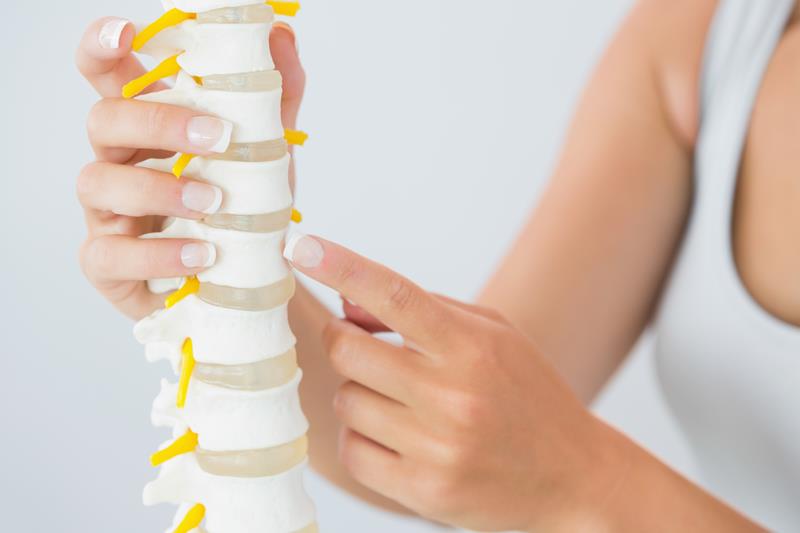
- Headaches/migraines
- Neck Pain
- Shoulder Pain
- Carpal Tunnel
- Back Pain
- Sciatica
- Knee Pain
- Plantar Fasciitis
- Elbow Pain
- Herniated Disc
- Scoliosis & Children
Additional:
- Tendonitis
- Nerve Pain
- Ankle Pain
- Arthritis
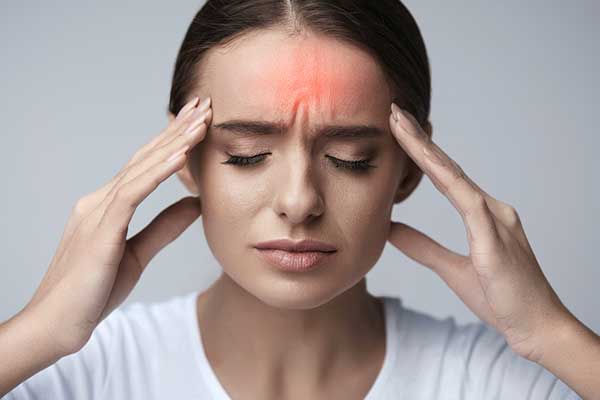
Headaches/Migraines
Nine out of ten Americans say that they suffer from headaches. Some of these people experience headaches frequently. Some experience constant headaches that are very painful. These can even make a person nauseous. Ninety-five percent of headaches are tension, migraine, or cluster headaches. These types of headaches are not caused from a disease, but from something in your body that is not sitting correctly.
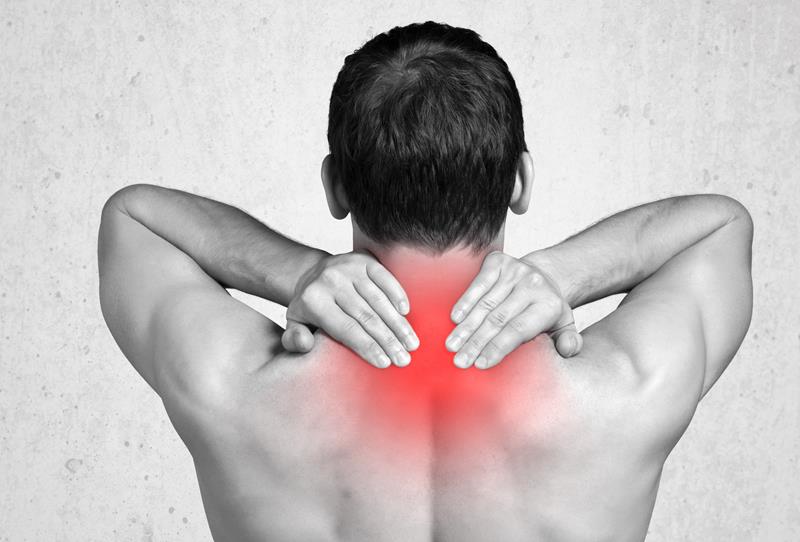
Neck Pain
The neck, also called the cervical spine, begins at the base of the skull and contains seven small vertebrae. The cervical spine supports the full weight of your head which is on average about 12 pounds. While the cervical spine can move your head in nearly every direction, this flexibility makes the neck very susceptible to pain and injury.

Shoulder Pain
Shoulder pain is a very common condition and affects almost half of the U.S. Most patients feel some sort of pain, limited range of motion, an inability to engage in activities of daily living (ADL) or something more serious as a permanent disability.
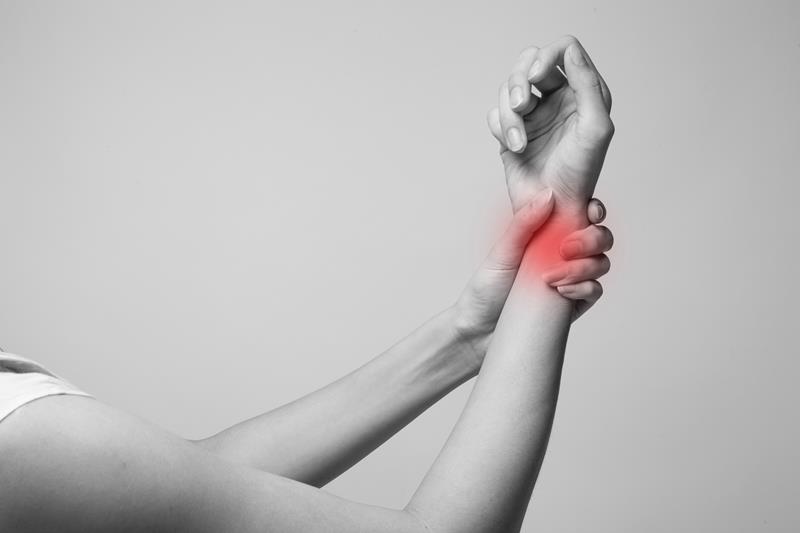
Carpal Tunnel
Carpal Tunnel Syndrome affects the median nerve in your wrist, causing weakness, numbness, or tingling. The median nerve extends through what is known as the carpal tunnel and controls feeling and movement in your thumb and three main fingers.
Carpal Tunnel Syndrome is often associated with repetitive hand motions, but it can also be caused by conditions such as diabetes, hypothyroidism, or rheumatoid arthritis. Treatment for Carpal Tunnel Syndrome usually just involves home care, including the cessation of any problematic hand motions, icing, nonsteroidal anti-inflammatory drugs, and using a splint.
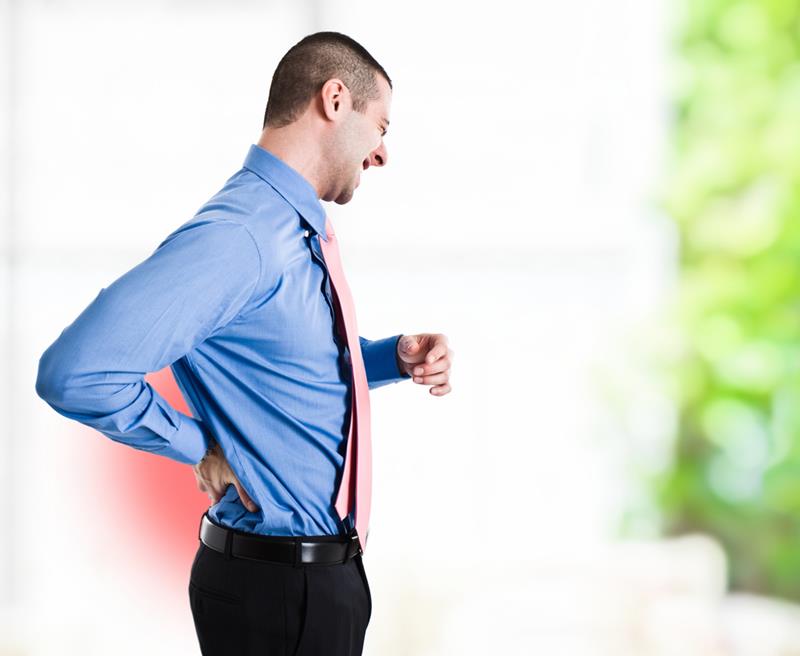
Back Pain
Since back pain is the leading cause of disability worldwide, it is vital to know how to prevent the cause of back pain. By maintaining a healthy diet and weight, remaining active and avoiding prolonged inactivity or bed rest are all important ways to avoid back pain. Before doing exercises or any physical activity, it is recommended to warm up and/or stretch.
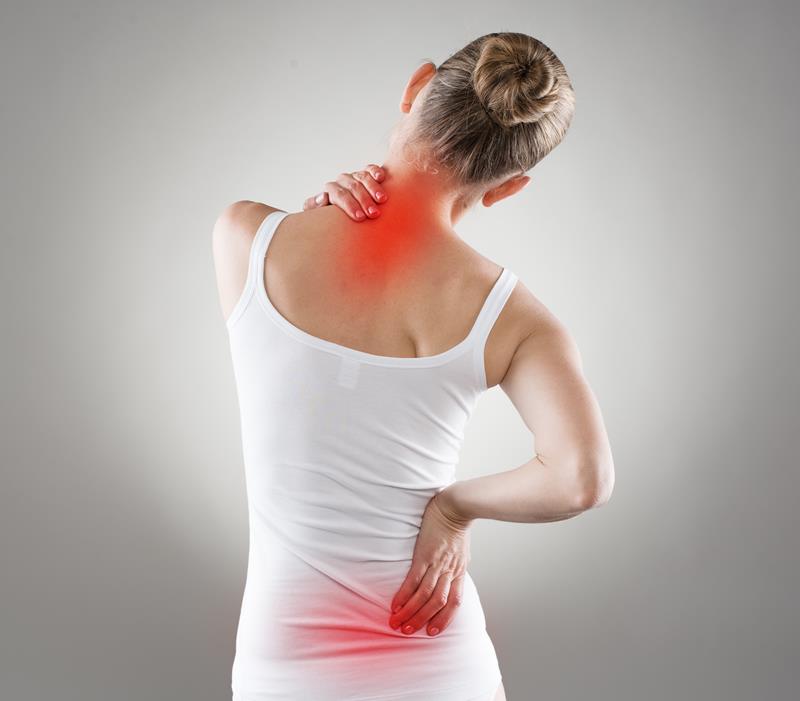
Sciatica
Sciatica is characterized by pain in the lower back that radiates down one or both legs. The pain is described as dull, achy, sharp, like “pins and needles” or similar to electric shocks. Other symptoms associated with sciatica include burning, numbness and tingling sensations. Sciatic nerve pain varies in intensity from mild to severe, and frequency may range from occasional to constant. The onset is generally gradual and not necessarily associated with a previous event.
Sciatica is also known as radiating or referred pain, neuropathy, or neuralgia.
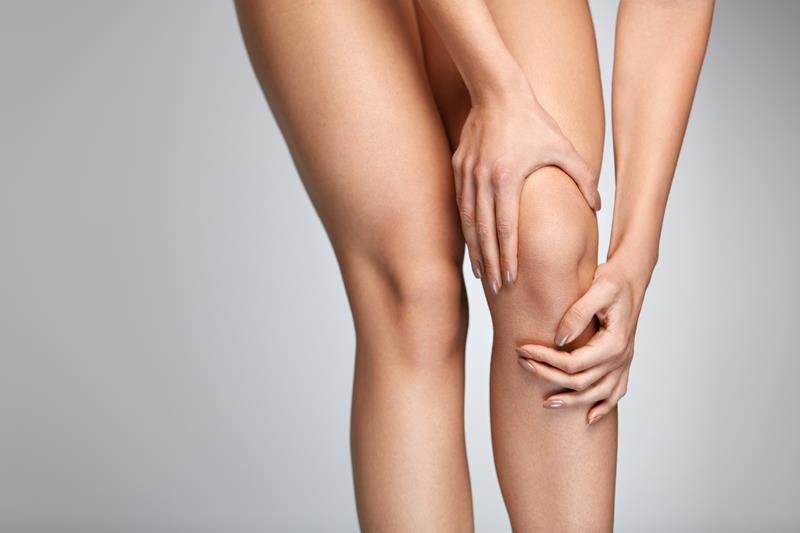
Knee Pain
Knee pain is increasingly becoming a more common problem in society. It is a complaint we see frequently. The most common complaint associated with knee pain is considered the normal “wear and tear.” Another ailment that affects the knee is osteoarthritis. The symptoms and progression of osteoarthritis and knee pain can be reduced through our individualized approach to chiropractic care.
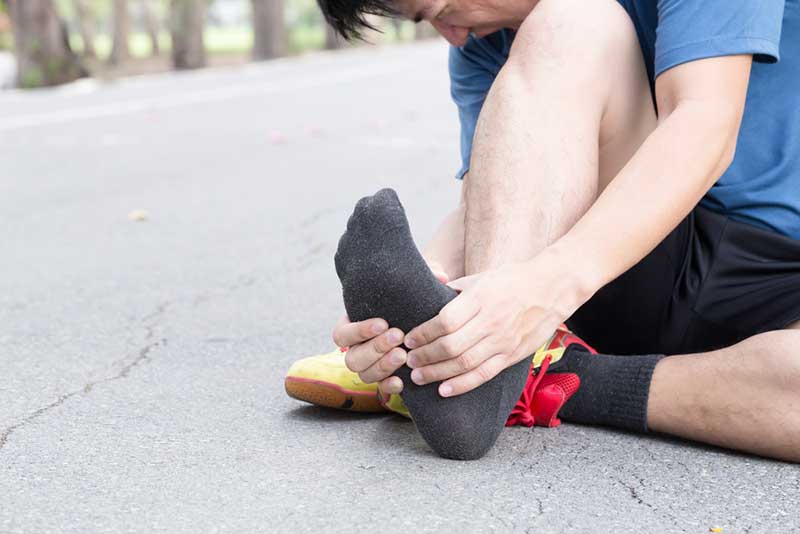
Plantar Fasciitis
Heel pain is one of the most common complaints from patients. While heel spurs may or may not show up on an x-ray, the spurs themselves are a result of the actual problem: plantar fasciitis.
Plantar fasciitis is caused from inflammation of the connective tissue that stretches from the base of the toes to where it attaches to the heel bone. Symptoms include stiffness and tightness in the back of the leg and bunion joint, along with an uneven gait. Heel pain is often the first sign of plantar fasciitis.
Treatments include anti-inflammatory medications, ice packs, stretch exercises, steroid injections, orthotics, and physical therapy. For persistent cases, Radio Frequency Lesioning may be needed.
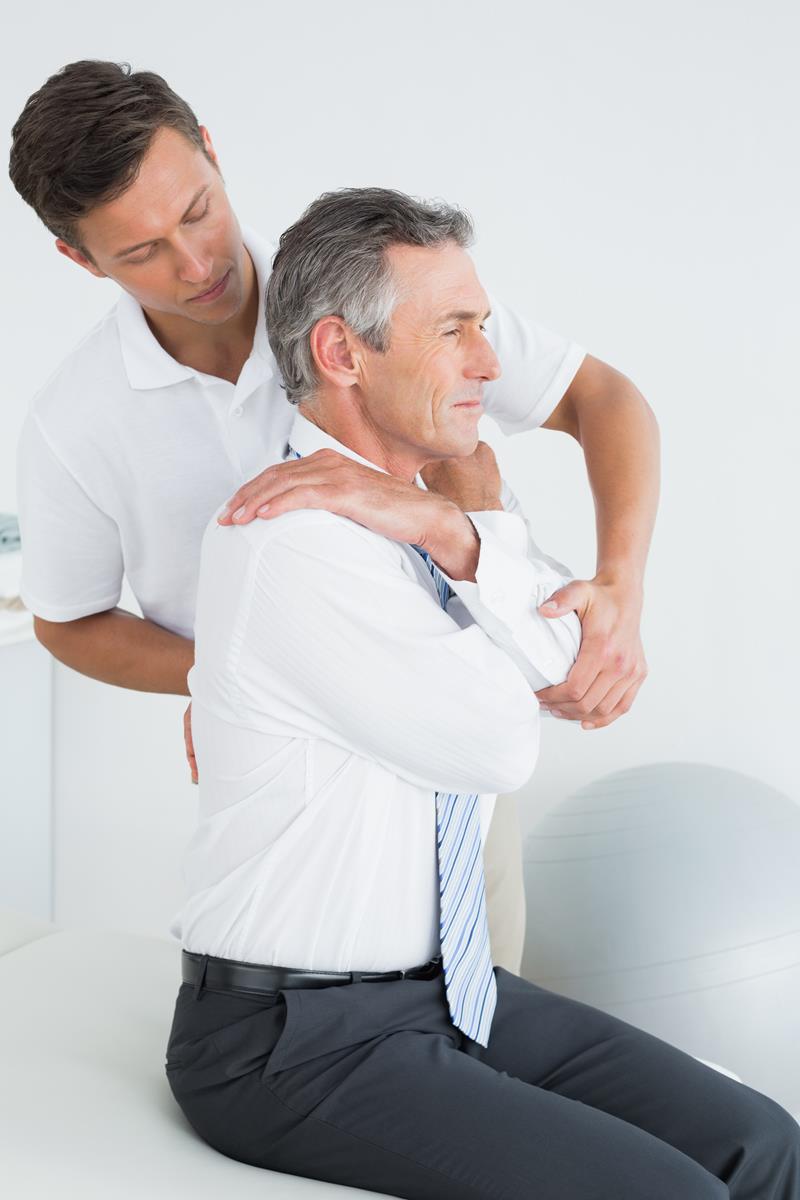
Elbow Pain
While not limited to golfers, golfer’s elbow or medial epicondylitis is a condition that causes pain to the inside of your arm where the muscles in your forearm attach to the bony bump found on the inside of your elbow. This is caused by damage to your muscles and tendons that control your wrist and fingers. Golfer’s elbow is relatively common and caused by the excessive use or repetitive stress to your arm with the pain often spreading into your forearm and wrist. Golfer’s elbow is best characterized by these symptoms:
- Severe discomfort or pain on the inner side of your forearm
- Weakness in your hands and wrists
- Elbow or wrist stiffness
- Feeling a pins and needles sensation on your forearm or elbow
- Your elbow is inflamed, and you may be running a fever
- Tingling in the fingers of your affected arm

Herniated Disc
A herniated disc, also known as a slipped disc, is one of the most common conditions to affect the spine. While it can occur anywhere along your spine, it most frequently occurs in the neck or lower back. Discs are essentially small cushions that sit between each of the vertebrae in your spine. When a disc herniates or slips, the disc ruptures, allowing the nerve center to move and become pinched between the vertebrae.
You may have a herniated disc if you’re experiencing back pain, numbness or a tingling sensation in either of your arms or legs or even shooting pains when you make sudden movements, like coughing or sneezing.
The majority of disc herniations do not require surgery, but our chiropractor may prescribe nonsurgical treatments such as bed rest, physical therapy, and even anti-inflammatory medications to help alleviate your pain. If you do require surgery, our chiropractor will discuss the different types of surgical options available to you and answer any questions you may have.
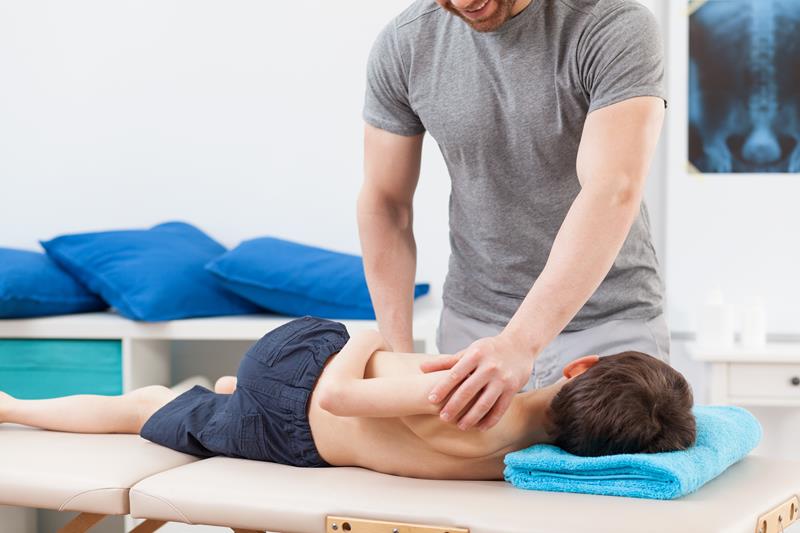
Scoliosis & Children
Common signs of scoliosis include:
- A spine that curves too much to the left or right
- One shoulder that appears lower than the other
- Having a rounded shoulder
- Having an uneven or sunken chest shape
- One leg appears shorter than the other
Most people with scoliosis are unaware that they have it as it is not severe or painful enough to affect their daily lives. For more extreme cases of scoliosis, there are a few treatment options that our chiropractor may suggest such as wearing a back brace, improved posture exercises, and physical therapy and stretching to help align the spine.
There is no cure for scoliosis, but if left untreated, scoliosis can cause additional issues into adulthood such as back pain, numbness or tingling in your legs, fatigue, and breathing problems. Luckily, braces and back strengthening exercises typically ease any discomfort the patient may be experiencing and strengthen the back muscles to alleviate pain and support healthier spin alignment.